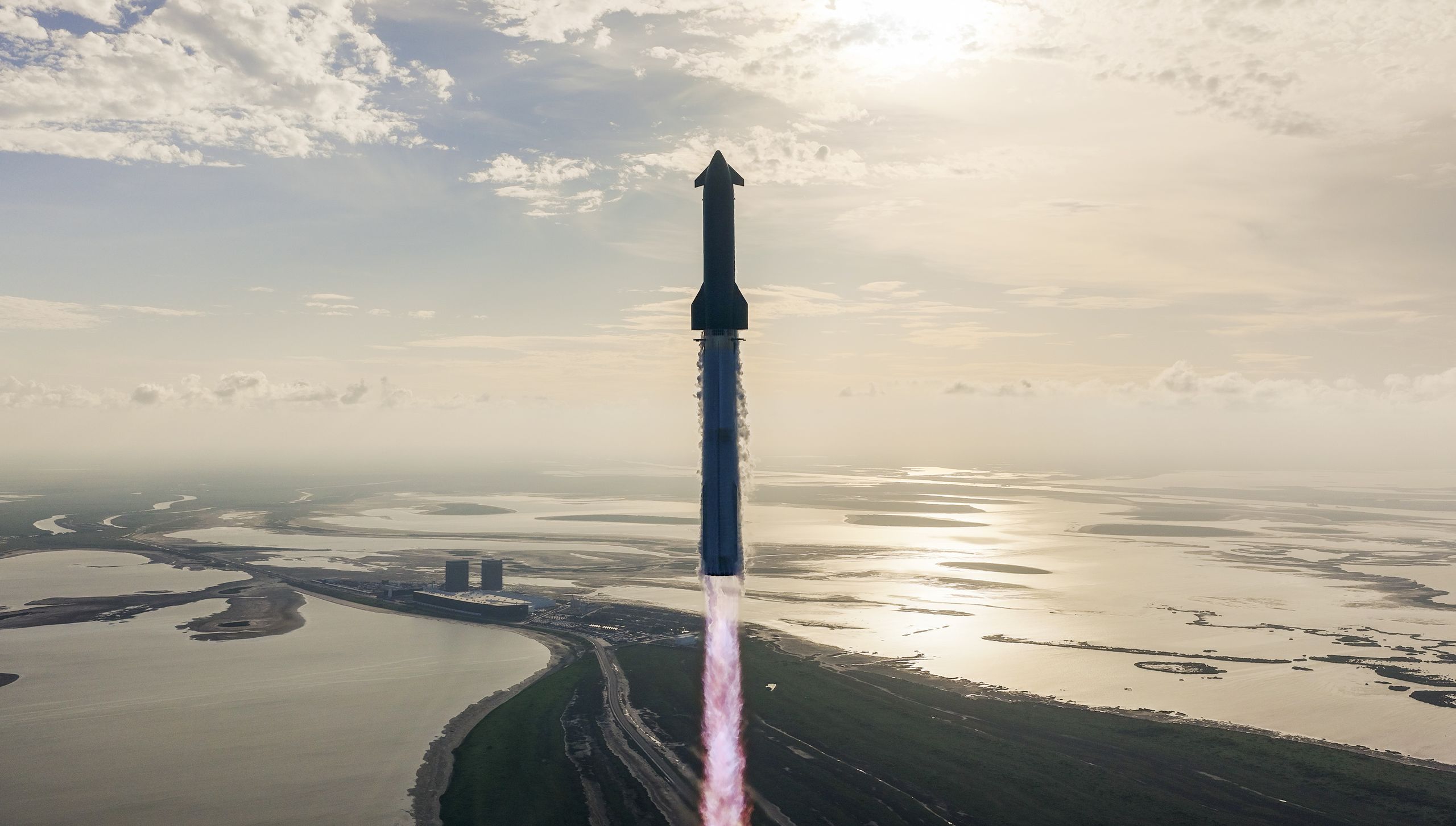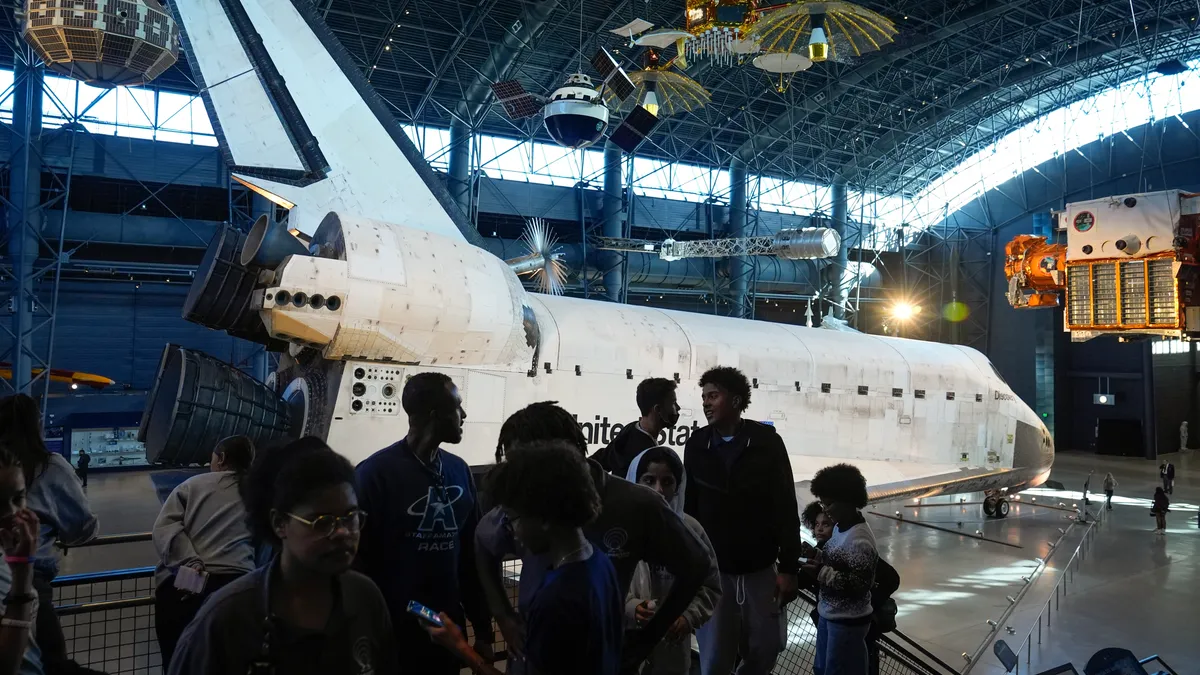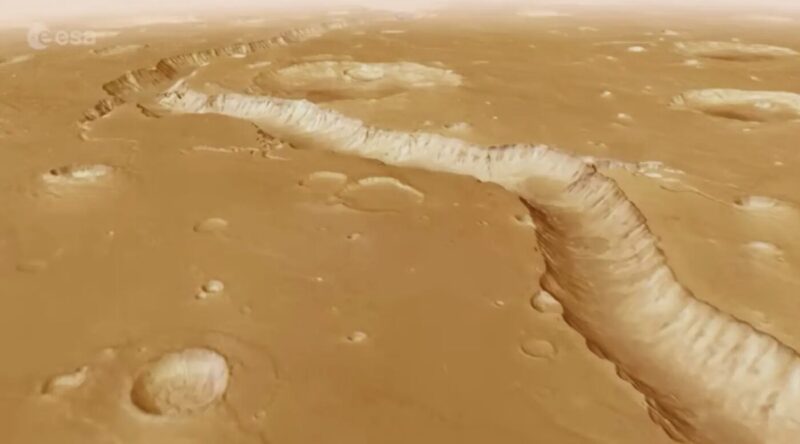Watch On
SpaceX plans to launch Flight 11 of its Starship megarocket on Monday evening (Oct. 13), and you can watch the action live.
Starship, the biggest and most…

Watch On
SpaceX plans to launch Flight 11 of its Starship megarocket on Monday evening (Oct. 13), and you can watch the action live.
Starship, the biggest and most…


When astronauts touch down near the moon’s south pole in the coming years as part of NASA’s Artemis program, they may discover a remarkable archive of clues about how the moon was born. That possibility comes from new research led by Jeffrey…

The European Space Agency (ESA) has just made it possible for all wannabe astronauts to fly over the Red Planet — virtually. In a mesmerizing new video, viewers can glide over the ancient Shalbatan Vallis channel as it cuts…

Between October 1 and 7, ESA’s ExoMars Trace Gas Orbiter (TGO) and Mars Express spacecraft turned their instruments toward interstellar comet 3I/ATLAS as it passed near Mars.
Of all ESA spacecraft, the two Mars orbiters had the best view of this…

A new kind of shape-shifting material can twist, bend, and snap into more than a dozen three-dimensional forms—no motors or wires required. Using stored elastic energy, it transforms itself much like a Venus flytrap snapping shut or a flower…

Microbes essential for human health have proven resilient against the extreme forces of space travel, offering hope for maintaining astronaut well-being on future long-duration missions.
Researchers from the Royal Melbourne Institute of…

Hidden in Japan’s bubbling hot springs, scientists may have found living echoes of Earth’s earliest organisms: survivors from a world without oxygen.
getty
We’ve pieced together a remarkably detailed timeline of life on Earth over the last…

When you see art of our solar system as the planet orbit the sun, you may notice that Earth’s orbit has a tilt. It is not a perfect circle. What’s more, Earth is not the only planet that displays such a tilt. Though Earth’s orbit may have also…

A new study reports that four amino acid changes in a single protein help the naked mole rat repair DNA more efficiently. The same rodent can live up to about 37 years in captivity, far longer than similarly sized mammals.
The work centers on a…